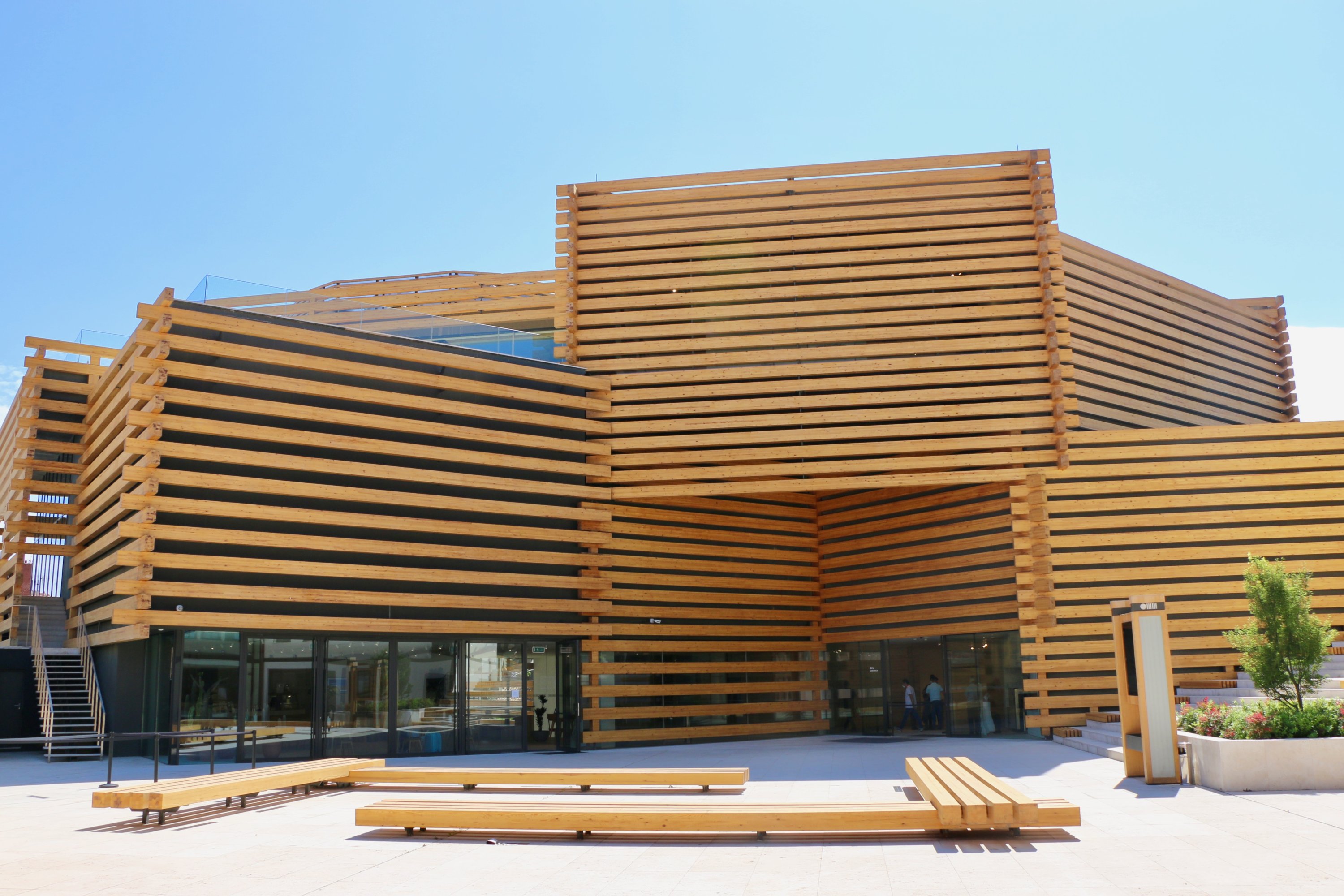About that. Athenian democracy, described at its most charitable, lasted from 509BC to 429BC. It was democratic to landed male citizens who, at best, were 30% of the citizenry of Attica. Slaves were not eligible, and best guess is every citizen's household had three or four slaves. Of the 250,000 people in Athens and greater Attica, 150,000 were slaves. At its peak, roughly 30,000 people were eligible to participate in Athenian democracy. It is left as an exercise for the reader to research slavery in Greece at the time of democracy. I will mention only in passing that the Greeks had more words for "slave" than the Inuit have for snow. Notably, the Socratic dialogues condemn slavery; just as notably, Athens put Socrates to death for corrupting the youth. The architecture of Ancient Greece was made of stone quarried by slaves who were fed with grain raised by slaves to aggrandize conquerors and warmongers who were "democratic" for less than a saeculum for the express purpose of glorifying themselves before their conquered chattel. Greek democracy was democratic the way the Magna Carta gave you citizen's rights - sure, if you're already landed, titled gentry with a retinue of serfs, the Magna Carta gave you certain rights until the Pope annulled it almost immediately thereby launching two years of civil war. But that doesn't really matter anyway since everything you think of as "classical greek" is actually "Egyptian Revival" which is a direct outcome of the god-king Napoleon storming across Africa and being clobbered by Nelson in 1798. It celebrates the conquer and subjugation of ancient civilizations and that by empires we fought and defeated (1776) or were about to fight and defeat (1812). And hey - both of those empires were hella closer to abolishing slavery than the Athenians were. Modern government buildings look like they're intended to perform the maximum utility for the minimum budget. Neither the Greeks nor the Egyptians had to worry about such trivialities because labor and capital shortages could be alleviated through piracy. Again, the more totalitarian the state, the more grandiose their architecture tends to be and the more grandiose their architecture tends to be the less likely it is to be torn down and rebuilt. Thus does "classical" architecture accumulate. It doesn't need to be built all at once. And it sure as shit doesn't need to celebrate slavery and imperialism.
And yet, the Greeks were the first to practice Democracy, and their buildings were beautiful, and so we chose to use that style. We always celebrate a facet of the past when we celebrate the past. When Harvard builds a new building to match their oldest it's not to celebrate the 200 years when women weren't admitted.
And why are you cool celebrating a cherry-picked aspect of the past, particularly when that cherry-picked aspect clearly and definitively does not represent the aspect you wish to celebrate? Why not celebrate the totality of the present? Here's the Heydar Aliyev Cultural Centre, designed by Zaha Hadid, an Iraqi woman: Find a bad angle of that building. I dare you. Here's the Odunpazeri Modern in Turkey by Kengo Kuma, a postwar Japanese architect. Here's the fucking Eiffel Tower. All three of these buildings are banned under the current executive order.

